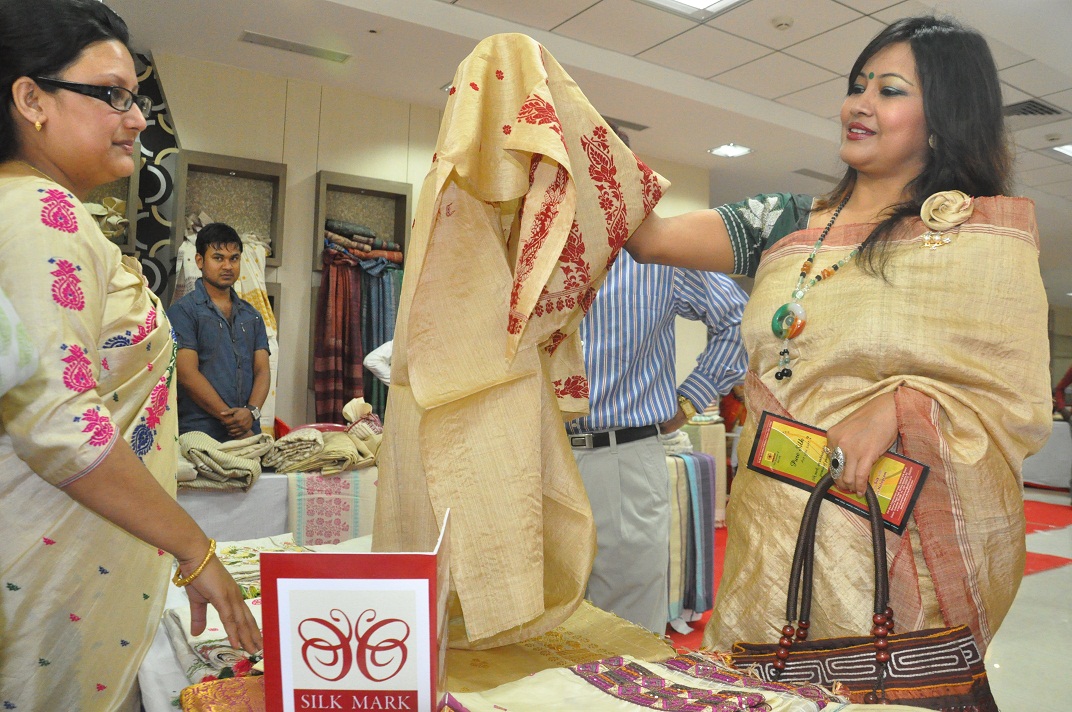(Written by : T.Sivakumar, Assistant Director (Insp.), SMOI, Central Silk Board, Bangalore and is a certified Black Belt holder in Six Sigma)
There are now over 500 different varieties of natural silk identified and out of this only four of them have been commercially exploited. They are Mulberry, Tassar, Eri and Muga. Natural Silk can be broadly classified as domesticated silk and non-domesticated or wild silk. The most popularly known silk is Mulberry and is the only variety fully domesticated. The mulberry plants are cultivated and the leaves are used for feeding the mulberry silkworms in a controlled environment. Whereas the wild silk cocoons are obtained from the forests, without interference or with little interference from the humans.
The wild silks have been collectively branded as ‘Vanya’ literally meaning forest in Sanskrit. Vanya silks are the least known and least understood. In the recent years, the brand has been promoted widely with lots of publicity through various media. There were several Vanya Expos held across the country to popularise Vanya silks.
All these years, the mulberry silk wash care instructions were followed for the vanya silk products also. But due to the increased popularity of Vanya, there was a necessity to undertake a study of wash care separately for vanya silk products as the properties are somewhat different from Mulberry silks. A scientific study was undertaken by Central Silk Technological Research Institute(CSTRI), a premier institute in silk research in India and accredited to the National Accreditation Board for Testing and Calibration Laboratories (NABL)
CSTRI took up the project and studied fabrics and garments of vanya silks for the changes in dimensions, feel, appearance, color, luster etc. with wet and dry washing. The study covered the following commercially available products :
- Muga plain fabric
- Eri plain fabric
- Eri loom finished fabric
- Tassar Ghicha sarees
- Tassar printed stoles
- Tassar loom finished stoles
- Tassar printed sarees
- Tassar shirts
- Muga silk shirts
- Muga silk ties
Recommendations
- Professional dry cleaning is recommended for all vanya silk products, as there are unacceptable level of changes in dimensions, appearance, luster and colour.
- Drying should be done under shade with spreading on a surface
- Ironing should be done without steam at low temperature (below 120 degree C)
- No bleaching and wet washing to be done.
- Silica gel sachets are recommended to be placed in the storage area.
The project report was published by Dr. Arindam Basu, Director, CSTRI
Investigators :
1. Dr. M.A. Joseph, M.Tech, Ph.D(Textile Tech.), Scientist ‘C’
2. Shri. S.A. Hippargi, M.Tech(Textile Tech.) , PGDIRPM, Scientist ‘C’

